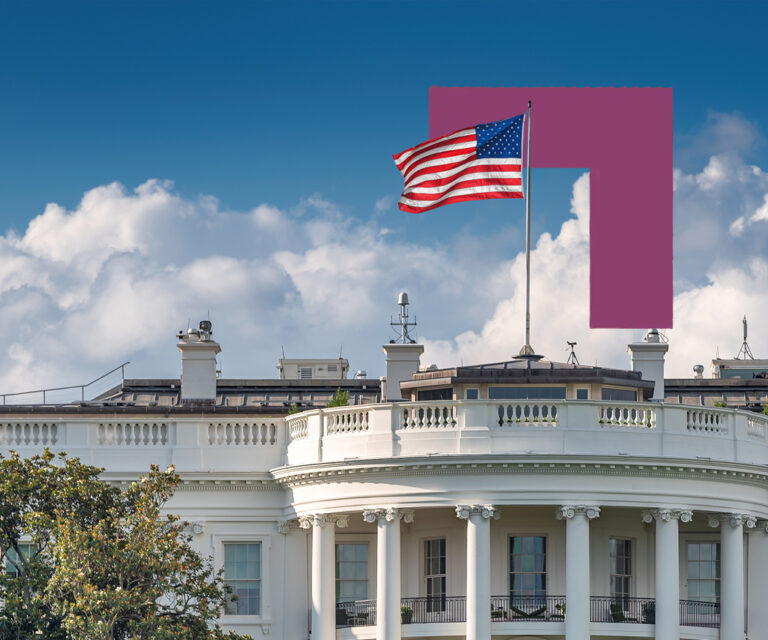-
But a long journey lies ahead before this disease is contained.
Four months after the first diagnosis of the deadly COVID-19 virus, the headlines and images of its devastating effects are wearing on us all. A long journey lies ahead before this disease is contained. Yet, plans to develop effective treatments and vaccines are moving into high gear. As April turns to May, it is fitting that we look ahead to the second phase of the crisis, when partial and cautious re-opening of economies gets underway. Images of Chinese Peach Blossoms and a German Maibaum (maypole) symbolize a welcome change as LaSalle gradually re-opens offices in China, in Korea, and in Germany. Other countries will follow, but we can learn a great deal from the experiences of the cities that come back online first.
The pandemic demonstrated the ability of some countries to take drastic action when risks to public health become urgent and pressing. And it also showed the inability of others to respond as quickly and effectively.

This month’s macro deck lays out the three phases of this journey: 1) The Lockdown; 2) Partial Re-opening, or “Living with COVID”; and 3) The New Normal, when the virus is under control. It also charts the first leg of the journey and how real estate is reacting with a shorter lag time than is usually the case for the transmission of macro-economic forces into property’s financial performance. Highlights of the deck are as follows:
The steepest economic contraction in living memory: The International Monetary Fund (IMF) cut its 2020 global GDP growth forecast to negative 3% in 2020, before projecting a return to growth in 2021. These forecasts are the most severe re-rating of country-level, regional, and global GDP in the history of the IMF. The International Labour Organization estimates in April that nearly 1.25 billion people globally are at risk of being unemployed or furloughed. The collapse of oil prices is another indicator of the severity of the downturn.
Government policy responses: The amount of fiscal stimulus planned across the US and Europe exceeds that of the GFC. More fiscal stimulus is expected, given that countries accounting for half of the world’s GDP are in some form of lockdown. We believe the pandemic will leave developed nations deep in debt and force hard choices. For instance, Italy’s national debt is approaching unsustainable levels, putting pressure on the European Union to arrange a bailout. Some countries may try to carry enormous quantities of debt with a combination of higher taxes and inflation.
China’s response offers lessons for investors and occupiers: The COVID-19 outbreak has had a severe short-term impact on the Chinese economy and property market. However, headline indicators of business activity largely returned to pre-outbreak levels by the end of April. The Chinese government’s “coordinated approach” appears to have shielded the economy from a deep and prolonged downturn, while a range of measures introduced by owners and tenants have provided a foundation for a gradual property market revival.
Logistics as a net beneficiary in the long-run: Migration to online retail and fast-forwarded consolidation in the retail world accelerates demand in the logistics sector. Supply chain diversification has become a priority, and re-shoring of some manufacturing may start to happen in Europe and North America.
Pricing disconnect: Going into the crisis, investment activity in Europe and the US was holding up well in Q1 2020 compared to the same period one year ago. By contrast, investment activity in Asia Pacific dropped by 58% in Q1, as the lockdown affected the completion of transactions. This same interruption in transaction volume has now hit the West, even as it begins to ease in East Asia.
Public health response: In our view the pandemic demonstrated the ability of some countries to take drastic action when risks to public health become urgent and pressing. And it also showed the inability of others to respond as quickly and effectively. We believe these responses likely presage the willingness and ability of countries to engage in the collective action needed to address future challenges including a second wave of infections, global warming, a move to a carbon neutral society, and climate risk.

Nov 19, 2024
ISA Outlook 2025
Shifting interest rates, dynamic occupier fundamentals, deepening bifurcation within sectors: how should real estate investors respond?




